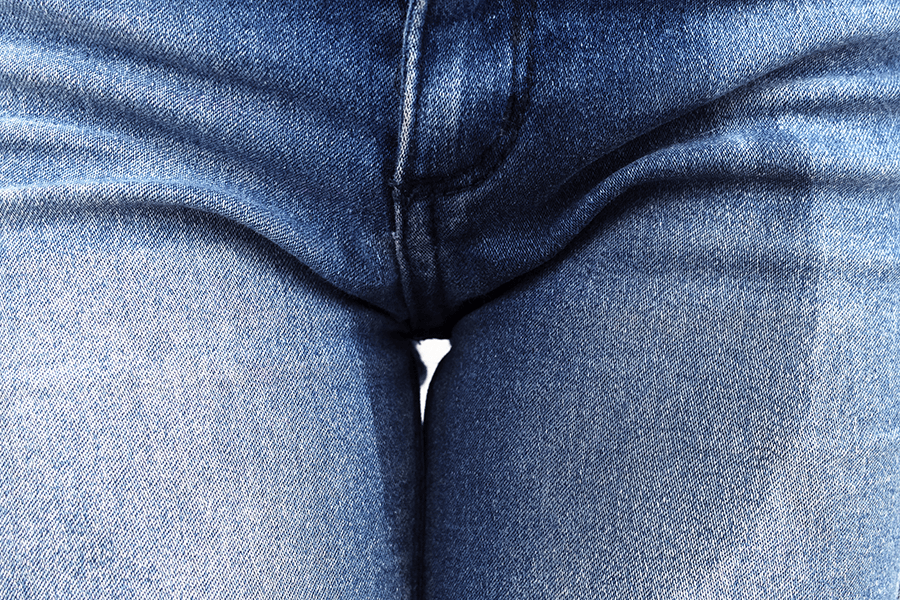A specific type of urine incontinence is common during the first weeks or days after pregnancy, but it is not normal. For some, it may last just a couple of days, and for others, it can last weeks. Urine leakage or incontinence usually disappears once you regain your strength in the perineum.
Can you train to prevent urine leakage?
In the urinary tract system, there are different types of muscles preventing urine from leaking. The perineal muscles actively support your bladder. Strengthening your pelvic floor muscles will help you to improve and reduce the likelihood of accidental leaking from your bladder after having a baby. This means that we can train these muscles to prevent the urine from leaking if it turns out to be those muscles that are causing it. If you have urine leakage after pregnancy, it’s recommended that you regularly train your perineum by doing kegel exercises.
In case the leakage persists after six months despite pelvic floor exercises, we recommend you seek help. Further evaluation will be performed by your gynecologist or urologist to find out which type of incontinence you are facing.
There are multiple types of incontinence
A medical definition of urine incontinence is described as such: “Involuntary urine leakage which is objectively provable and results in social or hygienic problems for the individual.” A simpler description of urine incontinence is known as leaky bladder. It means that a person cannot prevent urine from leaking out. Incontinence can be divided into the following categories:
- Stress incontinence
- means that urine is leaking due to increased pressure with coughing, laughter, exercise or heavy lifting. This is the most common type of incontinence among women, while it rarely affects men. A typical sign is leaking a tiny amount of urine despite not feeling the need to pee. The most known factors causing this type of incontinence among women are pregnancies, giving birth, severe obesity, heavy lifting, long-lasting constipation, vaginal surgeries, damage of connective tissue, inheritance and chronic trachea diseases.
- Urge incontinence
- shows itself as a sudden urge to urinate that is difficult to delay. The bladder then squeezes and you involuntarily lose urine.
- Mixed incontinence
- shows up as a combination of stress and urge incontinence.
- Overflow incontinence
- Shows itself as the involuntary release of urine due to a weak bladder muscle or to blockage. This type of incontinence mostly affects men with prostate issues or people with diseases affecting the urinary tract or urine production, such as diabetes or neurological diseases.
As the treatment for every one of these types is different, it’s important that you do an evaluation by a healthcare provider to find out which type of leakage you have and which kind of treatment is right for you.
Today there are multiple types of treatments with good results
For those women still suffering from urine leakage, we know that there is a feeling of stigma and insecurity about whether or not there is help available and where. According to several studies from all around the world, we also know that fewer than half of all women who are suffering from urine leakage seek medical treatment for their problem. This is likely due to feelings of embarrassment and insecurity about available treatment options.
Today, there are many treatment options available. Therefore there is no reason to keep silent and suffer. Do not hesitate to seek help for your issues, and don’t give up until your questions are answered.
Sources:
- Janson, P-O., & Landgren, B-M. Gynekologi (2010). Studentlitteratur.
- SBU. Behandling av urininkontinens. En systematisk litteraturöversikt. Stockholm: Statens beredning för medicinsk utvärdering (SBU); 2000. SBU-rapport nr 143. ISBN 91-87890-56-9.
- SFOG, Bäckenbottenutbildning (2021). Rådgivning vid problem efter förlossning. http://backenbottenutbildning.se/index.php/utbildningsmaterial/tankesatt-vid-problem-efter-bristning.
